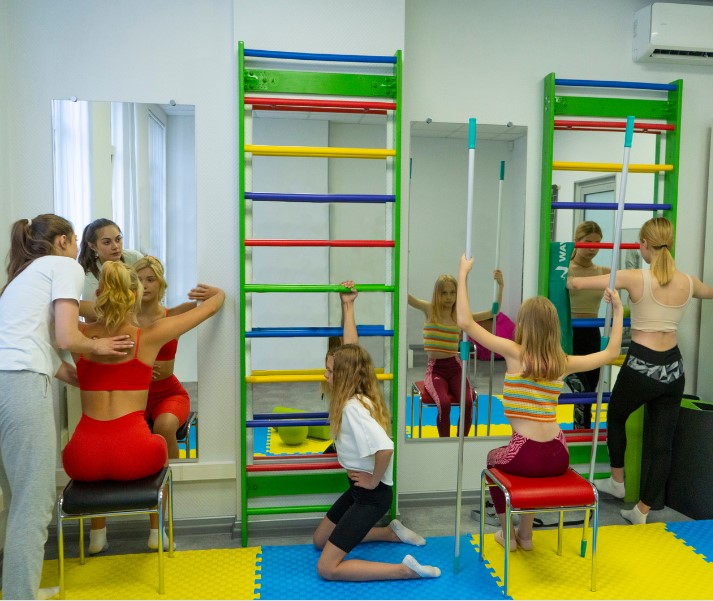If your child starts to slouch, sit crookedly, or walk unevenly, it doesn't necessarily mean they have scoliosis. Scoliosis is a three-dimensional curvature of the spine with vertebral rotation and a Cobb angle greater than 10 degrees.
Causes of scoliosis in children Scoliosis most often occurs during the growth spurt preceding puberty.
This condition is characterized by the uneven closure of the growth zones of the vertebrae during human growth. On one side, the growth zone closes, while on the other, it does not. This leads to deformation of the spinal column and the formation of a scoliotic curve.
Did it appear due to improper sitting? No.
Did it appear because the child was carrying a backpack on one shoulder? No.
Maybe because the child does not play sports? No.
However, these factors can affect the increase in the curvature angles in ALREADY EXISTING scoliosis.
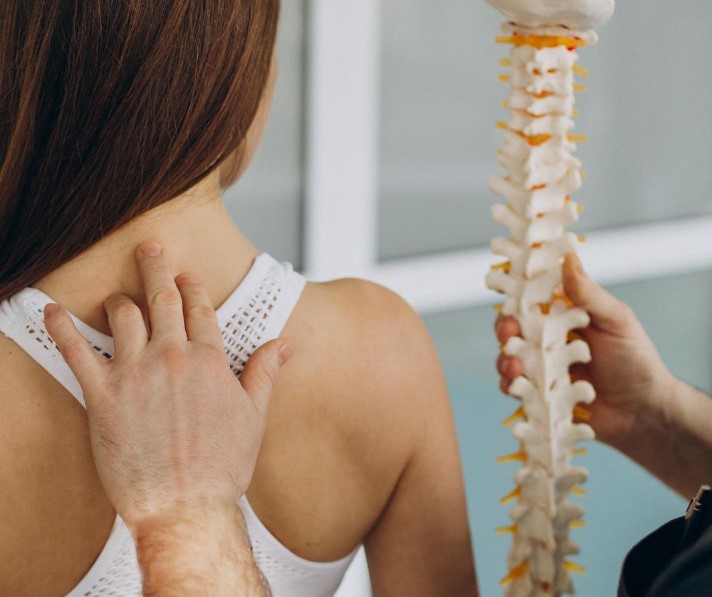
While scoliosis can be caused by conditions such as cerebral palsy and muscular dystrophy, in most cases the cause is unknown.
Most cases of scoliosis are mild, but some spinal deformities continue to progress as the child grows.
Severe scoliosis can lead to disability. A particularly severe curve of the spine can reduce the volume of the chest cavity, making it difficult for the lungs to function normally.
Diagnosis and treatment of scoliosis
If you notice any signs or symptoms of scoliosis in your child, be sure to see a doctor who specializes in its treatment.
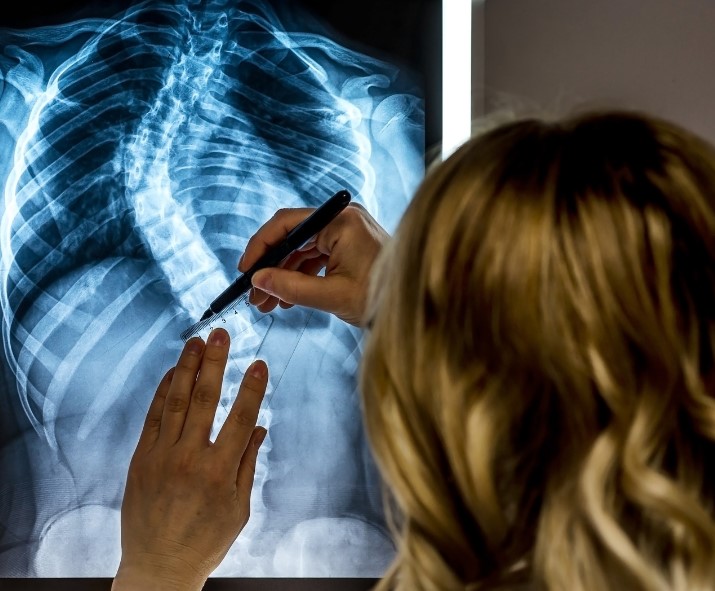
On the early stages, spinal curvatures may not be noticeable to parents or the child, as they develop gradually and usually do not cause pain.
Signs and symptoms of scoliosis may include:
- Uneven shoulder height
- Protruding shoulder blade
- Waistline curvature
- Uneven hip height
If the angle of scoliosis increases, the spine may rotate or twist in addition to bending to the side. This can cause the ribs on one side of the body to protrude more than the other (rib hump).
A diagnosis of scoliosis can only be made based on a comprehensive examination that includes a physical exam, tests, and X-rays.
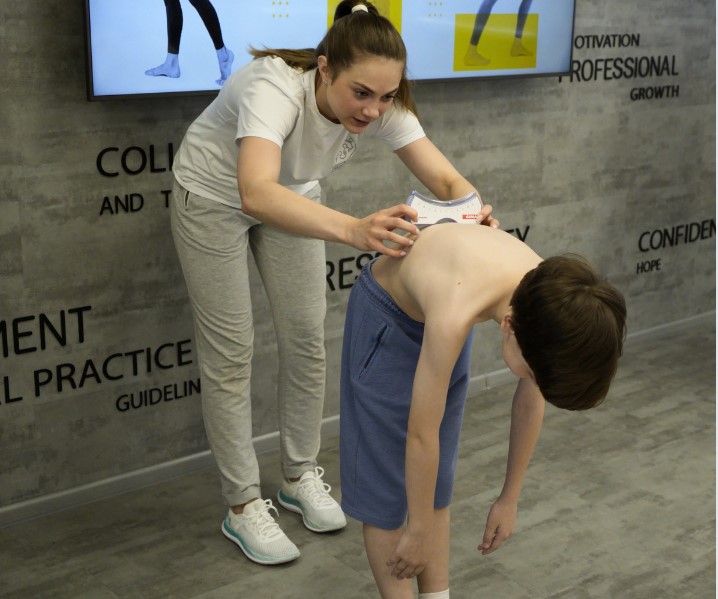
Katharina Schroth Method for Scoliosis Treatment
There are many methods for treating scoliosis, including conservative and surgical.
Schroth therapy is a conservative scoliosis treatment method based on three main principles:
Three-dimensional spinal curvature: Schroth therapy considers not only the lateral curvature of the spine, but also its rotation and torsion.
Active patient participation: Patients learn specific breathing exercises and exercises that they can do independently at home.
Individualized approach: Each treatment plan is developed based on the individual characteristics of the patient.
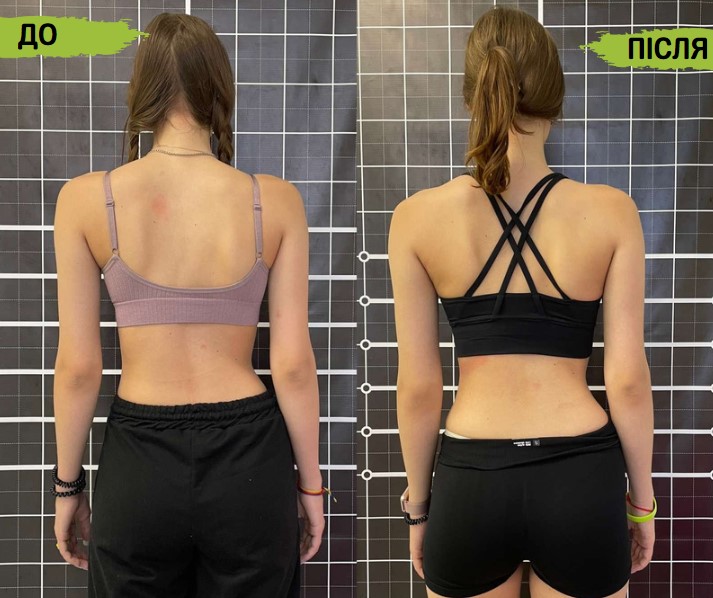
This method is capable of:
- Stopping the progression of curvature: Schroth therapy can help stop the progression of spinal curvature in children and adolescents.
- Reducing the Cobb angle of scoliosis: In some cases, Schroth therapy can help reduce the Cobb angle of scoliosis.
- Improving posture: Schroth therapy can help improve posture and reduce back pain.
- Improving quality of life: Schroth therapy can help patients with scoliosis live more active and fulfilling lives.
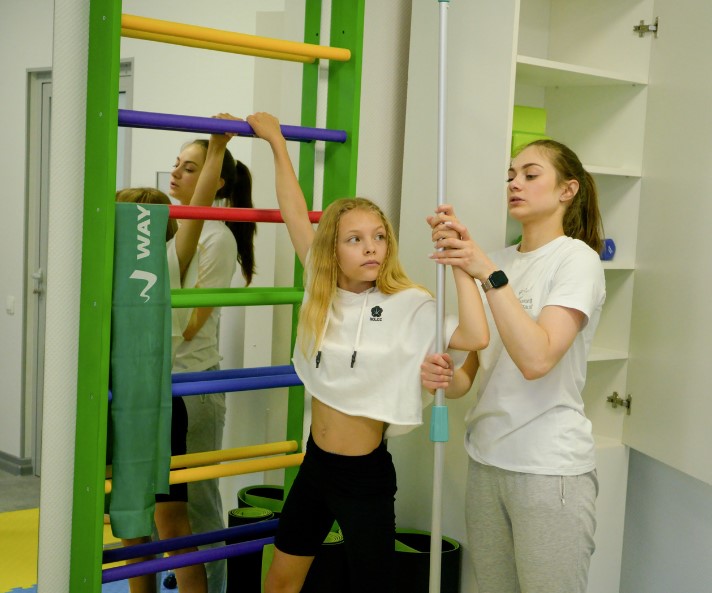
Scoliosis treatment is a rather long and complex process that requires perseverance and patience from the patient, and high qualification and competence from the specialist.
The Institute of Vertebrology and Rehabilitation provides treatment and rehabilitation for patients with scoliosis both according to individual programs developed in accordance with the needs of each patient, and group programs.
